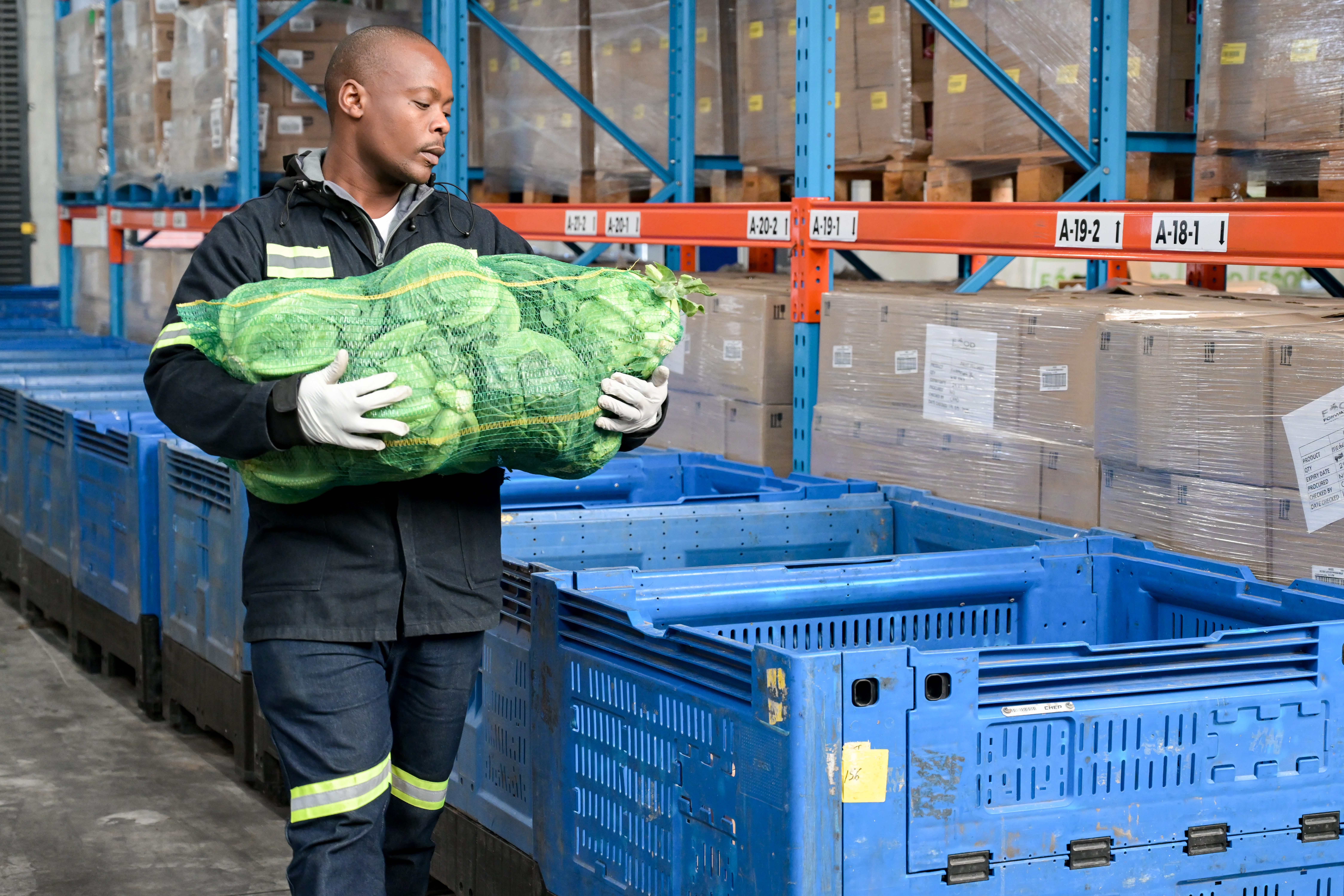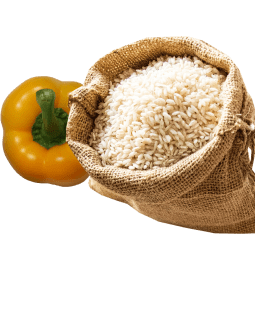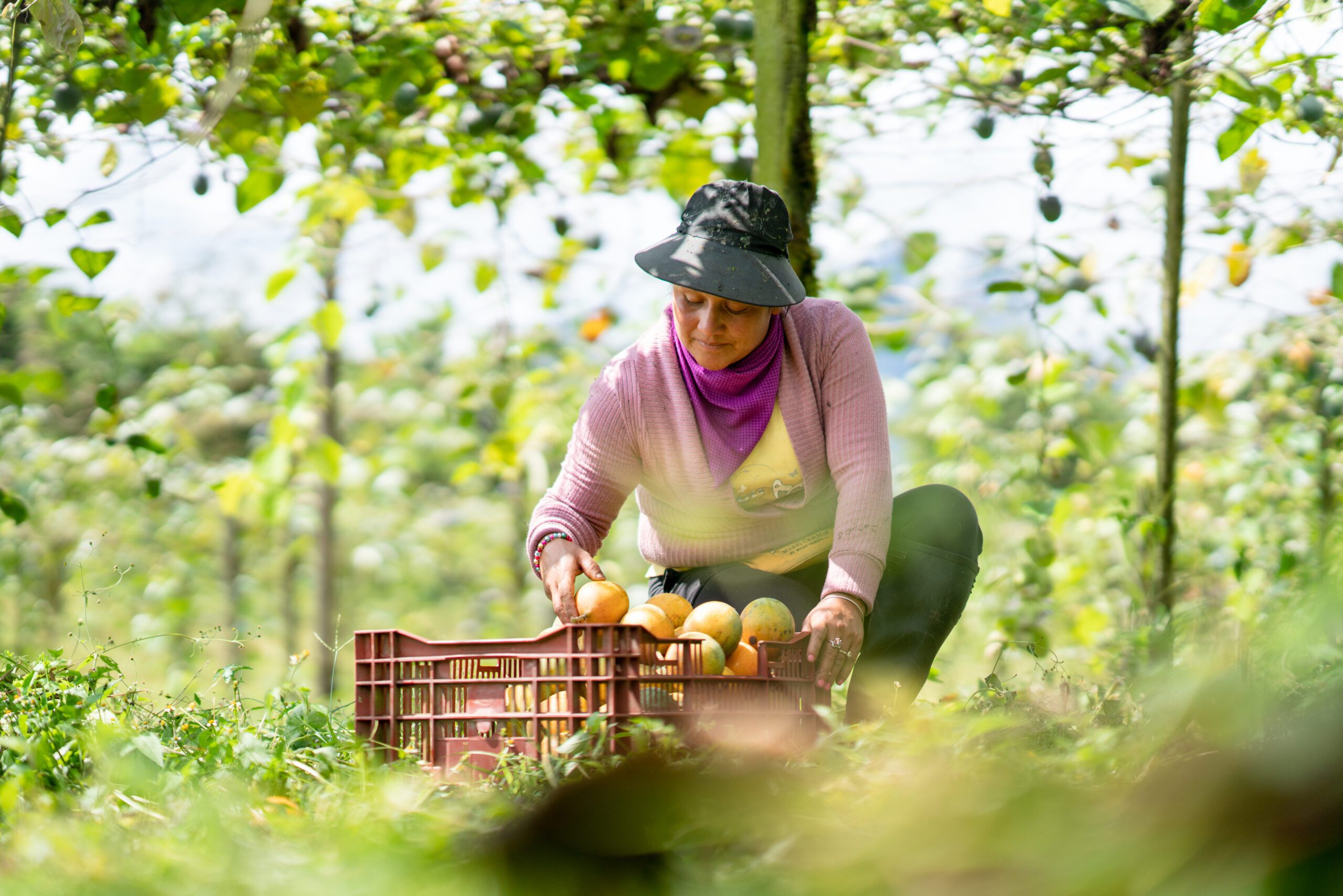Over the last several years, our food systems have strained under the weight of a pandemic, climate change and geopolitical shifts. Across the globe, food banks that are led locally and ingrained in their communities are responding.
“Climate change — obviously that’s not a short-term problem,” said Shenggen Fan, chair professor at the College of Economics and Management at China Agricultural University. “It has been there for a long time, and it will continue to affect us, our food production and the nutrition content of food. Trade barriers, tariffs and so on — these are longer term issues that will continue to affect our global food and nutrition security. If we don’t address them urgently, I’m afraid hunger, malnutrition and poverty will continue.”
Fan is an expert on agricultural economics and global food policies as well as a Board member of The Global FoodBanking Network. On GFN’s Food for Change podcast, Fan said that food systems are both a victim of and contributor to climate change.
“For example, one-third of total greenhouse gas emissions come from our agrifood systems,” he said. “If we don’t do anything, just agrifood systems themselves will probably push the global temperature by 1.5 degrees or even 2 degrees. It’s serious.”
Fan said the issues challenging our food systems are leading to a depth of hunger in certain regions. According to The State of Food Security and Nutrition in the World 2025 report from the United Nations Food and Agriculture Organization, an estimated 673 million people were undernourished last year, a decrease from the previous year. But food security progress has been uneven.
“In the last year or two, major reductions [in hunger] came from India and Brazil,” Fan said. “In Africa, hunger levels remained high, particularly countries that are in conflict, like Somalia or the northern part of Nigeria. And that needs our urgent attention.”
Lacking adequate food in some countries or regions is largely a structural or logistics problem, Fan says. “Globally, together, we may produce enough food, maybe more than enough,” he said, “but distribution is a problem.”
Fan emphasized the unique role and expertise of food banks have in addressing this structural issue. “They are community based,” he said, “so they know who needs food, and they know where the food can be connected.”
The food banking model is carried out in more than 70 countries worldwide, and more than 90 million people a year are accessing food from their local food bank, according to Lisa Moon, GFN CEO and president. These local organizations both feed members of the community and reduce food loss and waste, which is a significant contributor to greenhouse gas emissions. But there’s room for an even greater impact, Moon says.
“[Food banks] are already this symbol of collective action. We know the infrastructure is there. We know the model is very widespread. So how do we accelerate the scale and impact of this model? I think we see our network taking a hard look at how the world is changing and seeing how they can be positioned to provide more services in the future.”
FoodForward South Africa, the largest and longest-running food bank organization in sub-Saharan Africa, is one of many GFN member food banks assessing current food systems challenges while looking toward the future.
“We have to carefully choose those strategic impacts … to make the largest impact,” said Andy Du Plessis, managing director of FoodForward SA. “Our view is, firstly, recover the most food we’re able to and then get that to the communities that need it most. The second thing is, we want to make sure we recover food in a smart and cost-effective way.”
For FoodForward SA, that line of thinking led to investment in technology, including a virtual food banking platform called FoodShare, which connects local nonprofit organizations that distribute food directly to retail food donors in a five-kilometer radius.
“[FoodShare] has enabled us to scape up exponentially,” Du Plessis said. “Around 70% of the food we recover on an annual basis now comes through the platform.” FoodForward SA is also investing in other innovative programs to meet community needs, including their Mother and Child Nutrition program, which focuses on underweight pregnant women, and Food Gardens Connect, which teaches unemployed people how to grow and sell their own food.

Despite the growth FoodForward SA has seen, Du Plessis — like Moon — believes there is potential for an even greater impact from food banks.
“If supply chain actors realize that food banks play a crucial role in reducing their own costs and [help work toward] their climate targets around food loss and waste reduction, that is one thing that can radically transform food systems,” Du Plessis said. “If food banks are considered an integral component across the food system, that would be my one dream for everybody across the globe.”


